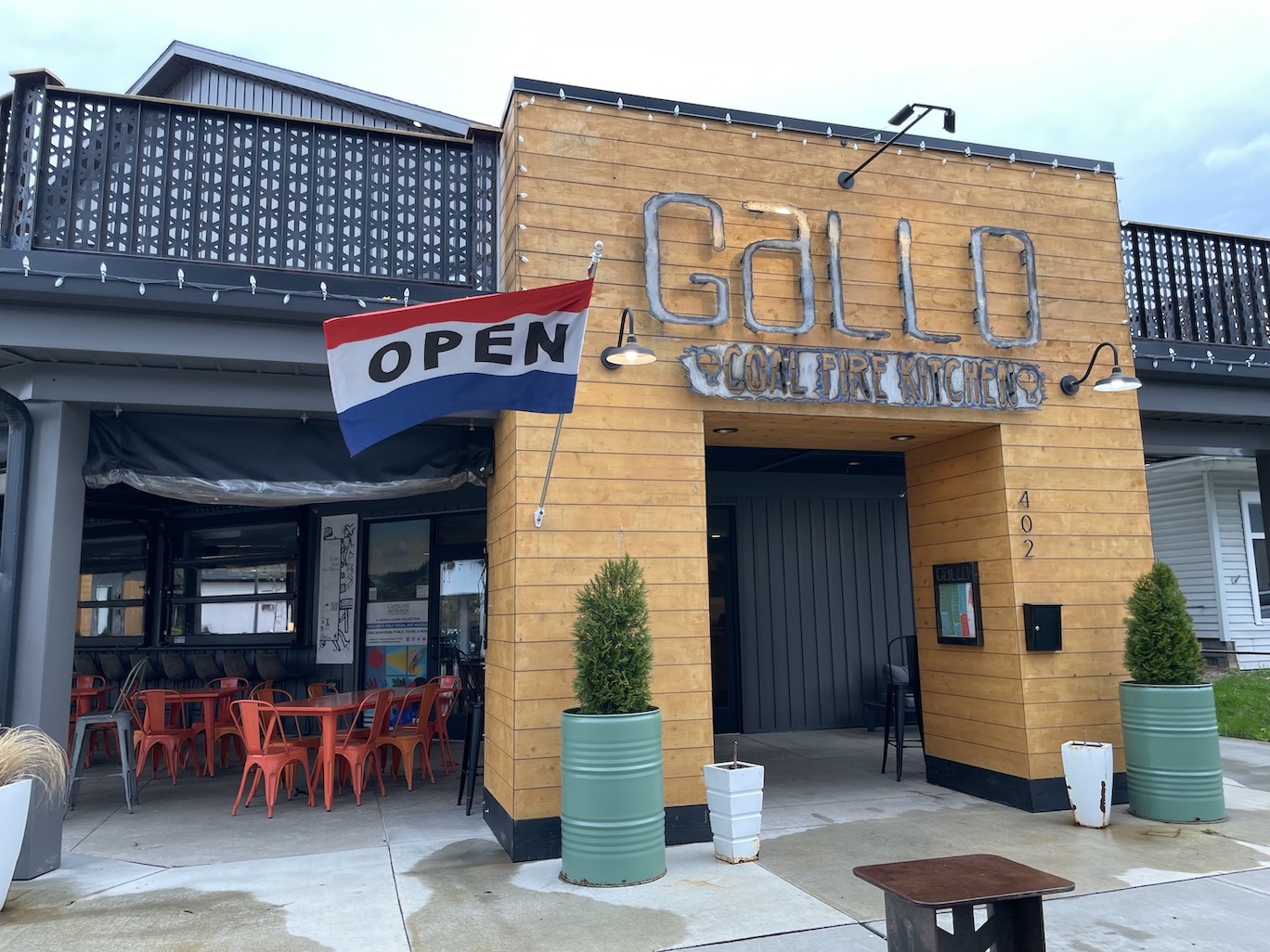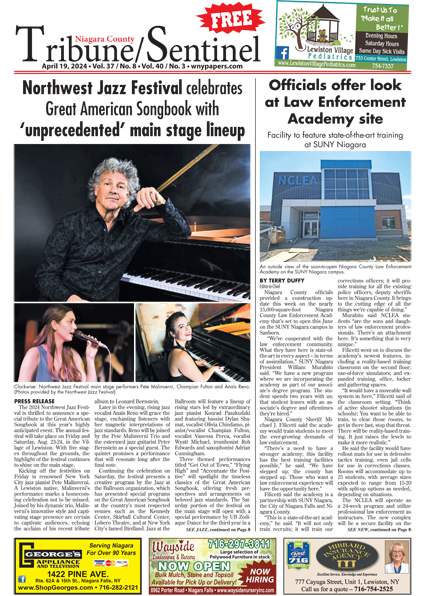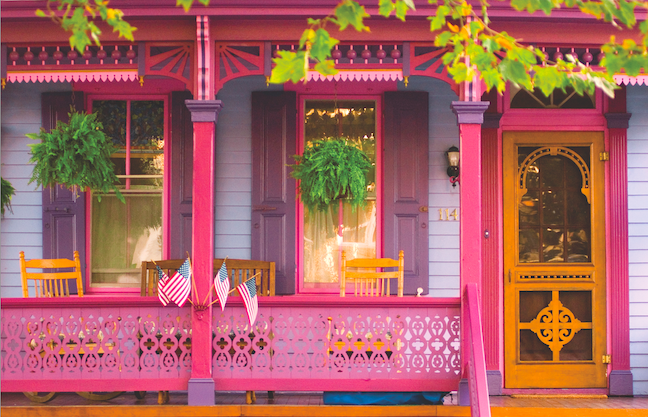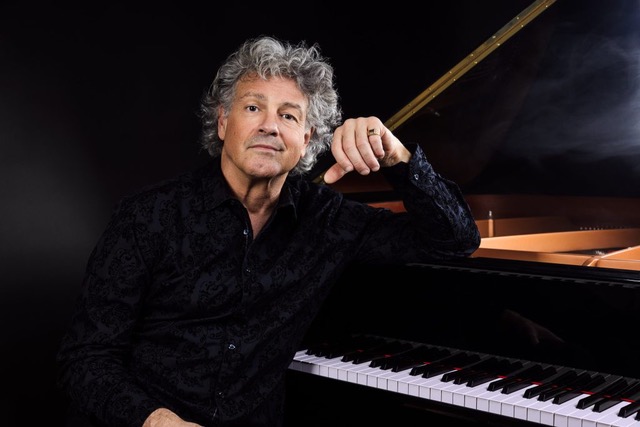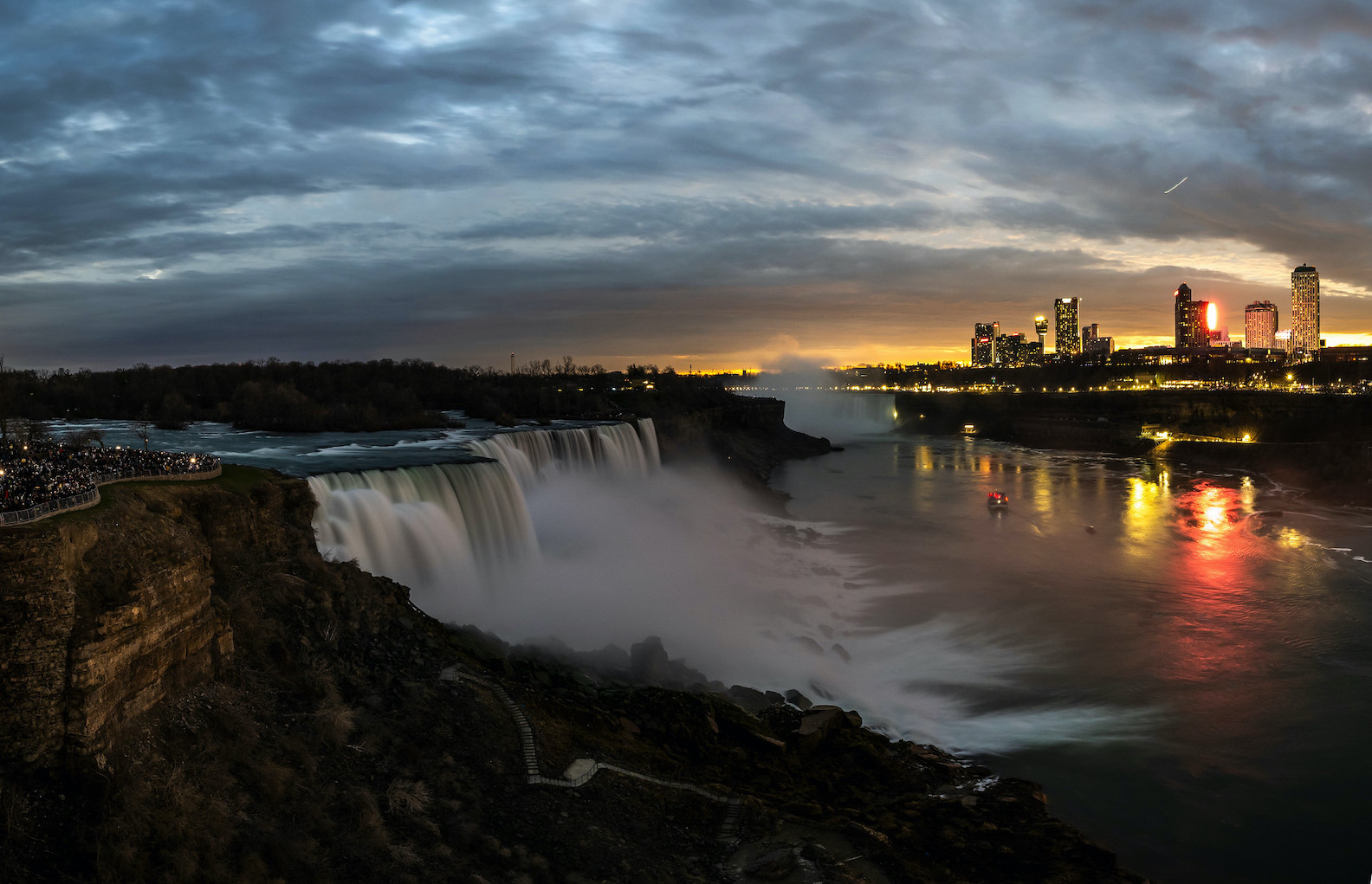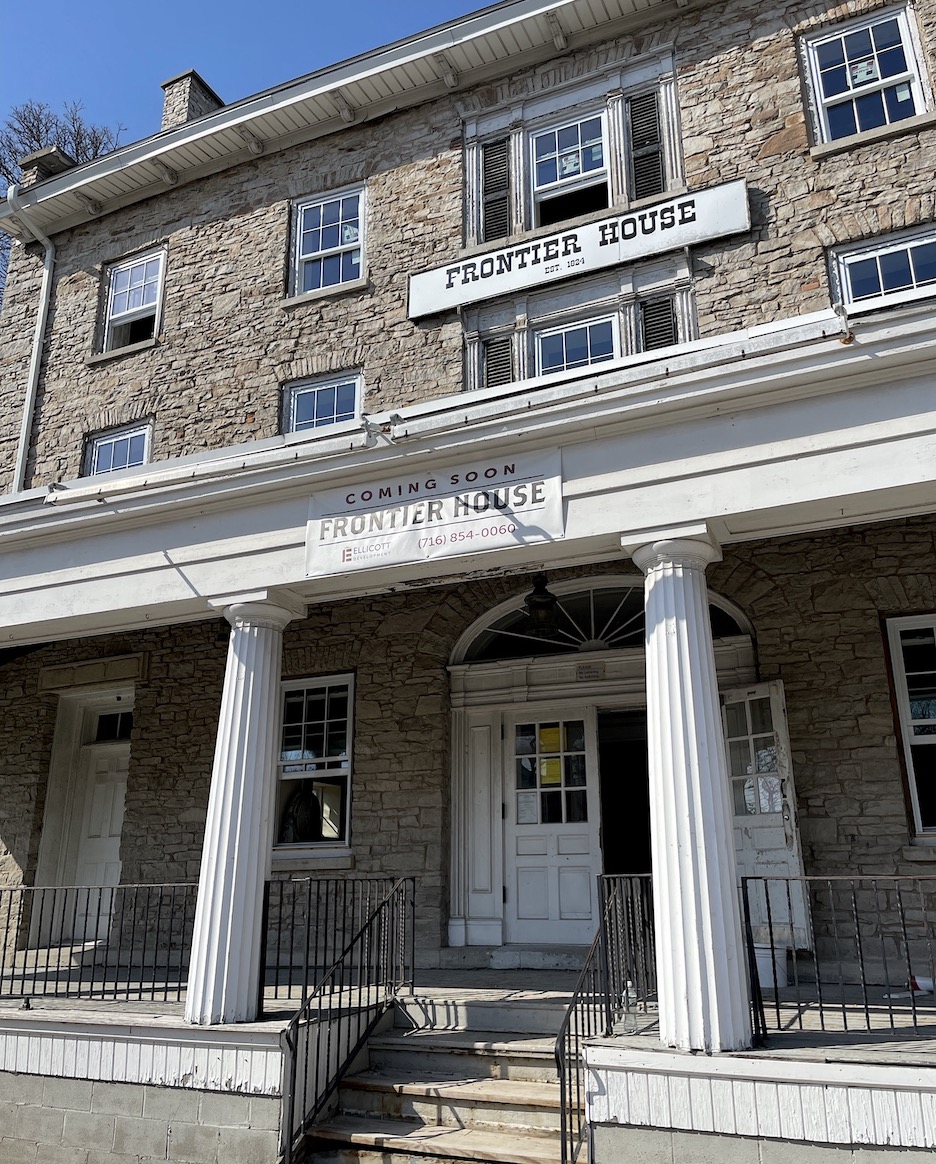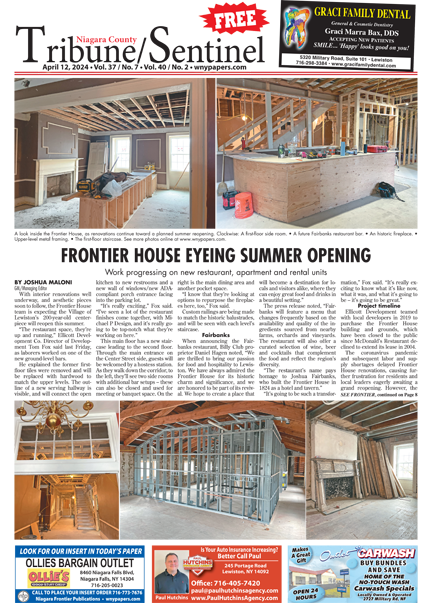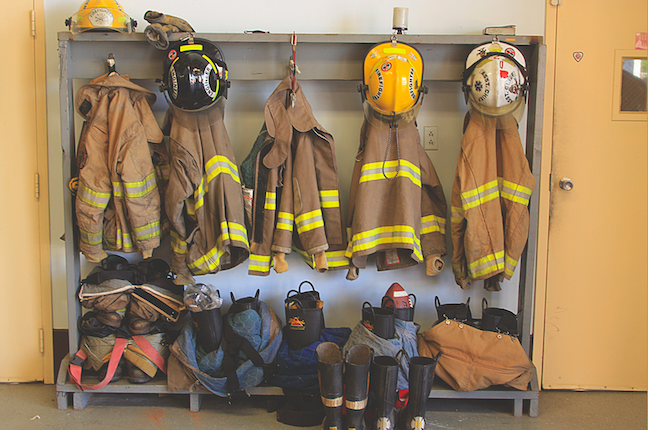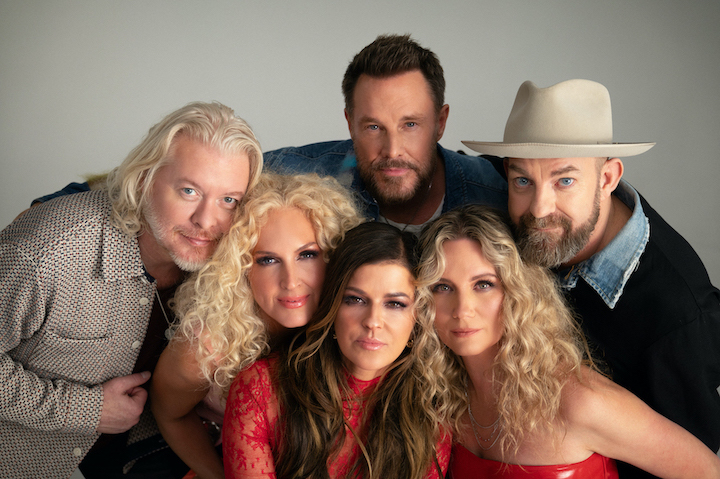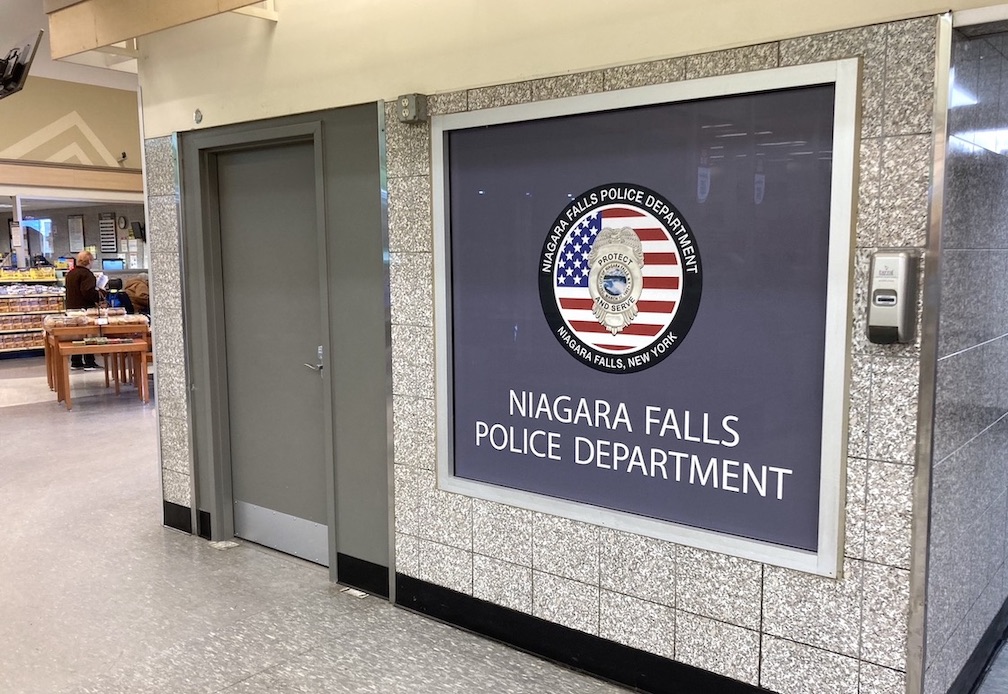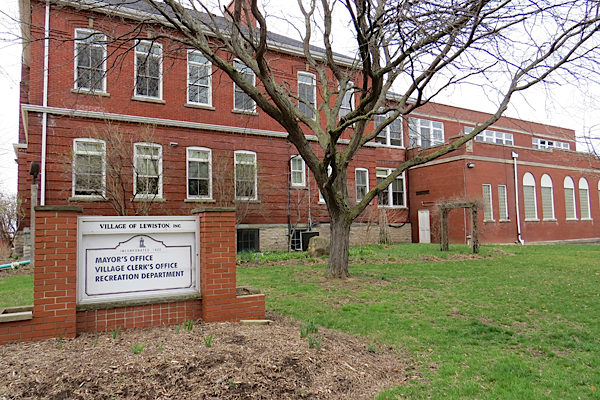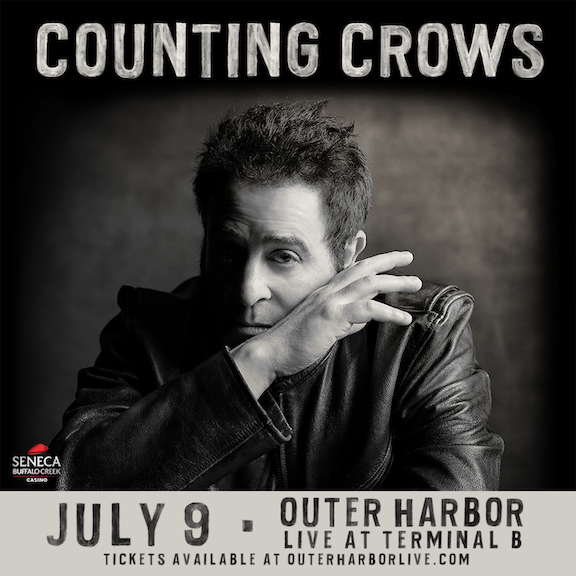Featured News - Current News - Archived News - News Categories
by Alice E. Gerard
As a boy, Gary Kenline spent his summers on Motor Boat Island, an island that his grandfather had purchased in 1930.
Kenline shared his story of life on Motor Boat Island at a sold-out program titled "Two Small Islands in the Mighty Niagara," held Jan. 25, at the Buffalo Launch Club.
According to Tom Frauenheim, historian for the Buffalo Launch Club, the program was dedicated to the memory of Robert "Lefty" Lowenstein.
The presentation was preceded by a Launch Clubber Shore Dinner at 6:45 p.m.
The speakers presented the history of Motor Boat Island and Strawberry Island from prehistoric times until today. According to Paul Leuchner, biologist and Niagara River historian, the Niagara River and its islands were formed by receding glaciers, which had been two miles thick. "Massive quantities of sand, gravel and rock were washed downstream by fast moving water," Leuchner explained.
Before the 1700s, the Neutre nation visited Strawberry Island to forage for food. During the War of 1812, the Americans occupied Strawberry Island to prevent the British from burning down Buffalo for a second time. According to Leuchner, "After the Erie Canal opened in 1825, the islands were undisturbed for more than 45 years. Their value was recognized by local hunters and fishermen, including former presidents Grover Cleveland and Teddy Roosevelt."
Later in the 19th century, a hotel was built on Strawberry Island by the O'Connors. The hotel, a two-story building with verandas and a view of the river, provided rest and relaxation to visitors from Buffalo, which Leuchner described as a "filthy, dirty and smelly place."
By 1892, the hotel closed, as people preferred visiting the larger and more luxurious hotels on Grand Island.
Motor Boat Island was a recreational site in the early part of the 20th century.
According to Frauenheim, "W.J. Connors led a group to buy Motor Boat Island after being blackballed by the Buffalo Launch Club. He was called 'Fingy.' At one time, he was the boss of the Great Lakes." In 1907, a structure of approximately 10,000 square feet was built for the Motor Boat Club in an area with few trees, Frauenheim said. The house faced south, toward Strawberry Island.
"Lefty told me there were 1,500 feet of sidewalks, and there were tennis courts. They had a commemorative clambake before the clubhouse was built, on Sept. 27, 1907. In 1909, the clubhouse was destroyed by fire," Frauenheim said.
In 1937, the island was sold to Kenline's father and to his uncle Edward Kinkel. "It became a family homestead. We had a caretaker named Dan," Kenline said. He and Lowenstein, who was the caretaker's assistant from 1937 until the start of World War II, "taught us how to fish and other things on the island. The island was totally surrounded by poplar trees. A large house sat on the island. "It had eight bedrooms and three baths. We have many fond memories of playing hide-and-go-seek there," Kenline said. That mansion burned down in 1973.
The erosion of Strawberry Island began shortly after a survey done in 1923, which showed it to be 203 acres in size. That year, the island was sold to the Border Island Sand Company. The sand, gravel, and rock that had been part of the island since prehistoric times were taken from the island.
"In the first year, 12.9 million cubic yards of sand and gravel was removed, and the island was reduced in size by 100 acres. The harvesting of sand and gravel began the demise of Strawberry Island," Leuchner said.
By 1950, Strawberry Island was only 25 acres in size. Leuchner said, "There were no services and little stewardship of the island's resources."
Strawberry Island nearly disappeared in 1992, after people holding a party on the island used a shovel to dig a channel. The problem was exacerbated when people rode jet skis through the channel. "This made the erosion even worse. We had to fix the island or lose it," Leuchner said.
Leuchner said that, in 1992, local businessman Frank Levin donated the funds to repair the cut through the island, which had shrunk to five acres. "The breach was closed on Christmas Eve of 1993. A lot of environmental groups got together, and we did plantings on the project site." Motor Boat Island was later purchased by the Western New York Land Conservancy and was called a boon to ecology. The island attracted great blue herons, common egrets, and great horned night herons.
"There is no public access to the island, except by permit, during duck hunting. This protects the integrity of the nesting areas. Motor Boat Island is now an important colonial bird nesting area," said David Frazier, an engineer and primary consultant for the New York State Power Authority, who was the manager for eight different habitat projects on Grand Island.
According to Leuchner, Motor Boat and Strawberry islands are a "premier environmental resource with recreational values. Species found on the island include the protected iris, Caspian terns, osprey and bald eagles. One eaglet was born in 2013 and three were born in 2014," Leuchner said.
The fish have been coming back, as well. These include large mouth and smallmouth bass and sunfish, Leuchner explained.
"The Niagara River is an important bird area of international significance," said Leuchner, adding that the area is good for paddle sports kayaking and canoeing and for fishermen, hunters, and traditional boaters. Eco-tourism is a new industry. There is a paddle craft livery near the east river marsh.
One event that celebrates paddle sports, Paddles Up!, is scheduled for July 25, at Beaver Island State Park.
A repeat presentation of "Two Small Islands in the Mighty Niagara" is scheduled for Feb. 7. People who are interested in attending should call the Buffalo Launch Club at 716-776-7629.

